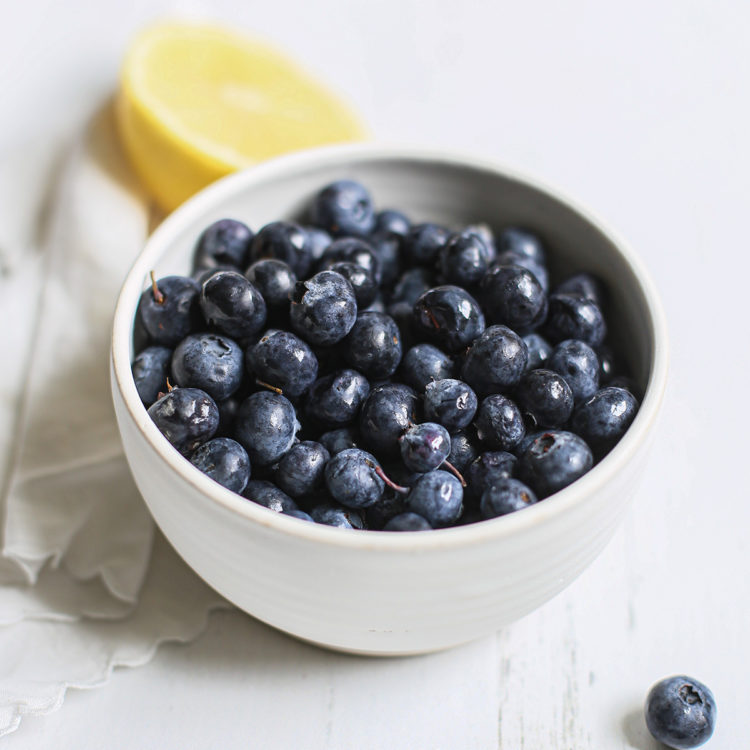
How to Freeze Blueberries
Learning how to freeze blueberries is one of the best ways to enjoy summer’s harvest all year round! Freezing them when they’re in season lets you savor the fresh, sweet flavor later. This simple guide will walk you through how to freeze blueberries, plus answer common questions about thawing frozen blueberries and using them in delicious recipes!

Is it Okay to Freeze Blueberries?
Sweet and juicy blueberries are one of the many fruits I look forward to each summer. However, fresh blueberry season doesn’t last long, and they spoil quicker than heartier fruits like apples.
So, what’s the solution to savoring that sweet summer flavor for months to come? Freeze those blueberries! Freezing blueberries is a great way to extend their shelf life and keep them on hand for later use.
Why Freeze Fresh Blueberries?
✔ Prevent Waste – Bought too many fresh blueberries and don’t want them to go to waste? Freezing is a great way to extend their freshness and reduce food waste.
✔ Save Money – Purchasing blueberries in bulk during peak season and freezing them is more cost-effective than buying them out of season.
✔ Ideal for Blueberry Picking – If you love blueberry picking or have your own blueberry bush, freezing your harvest ensures you can enjoy them year-round.
✔ Great Deals at Farmers Markets – Score an amazing deal at the farmer’s market? I love freezing blueberries when prices are low during the summer!
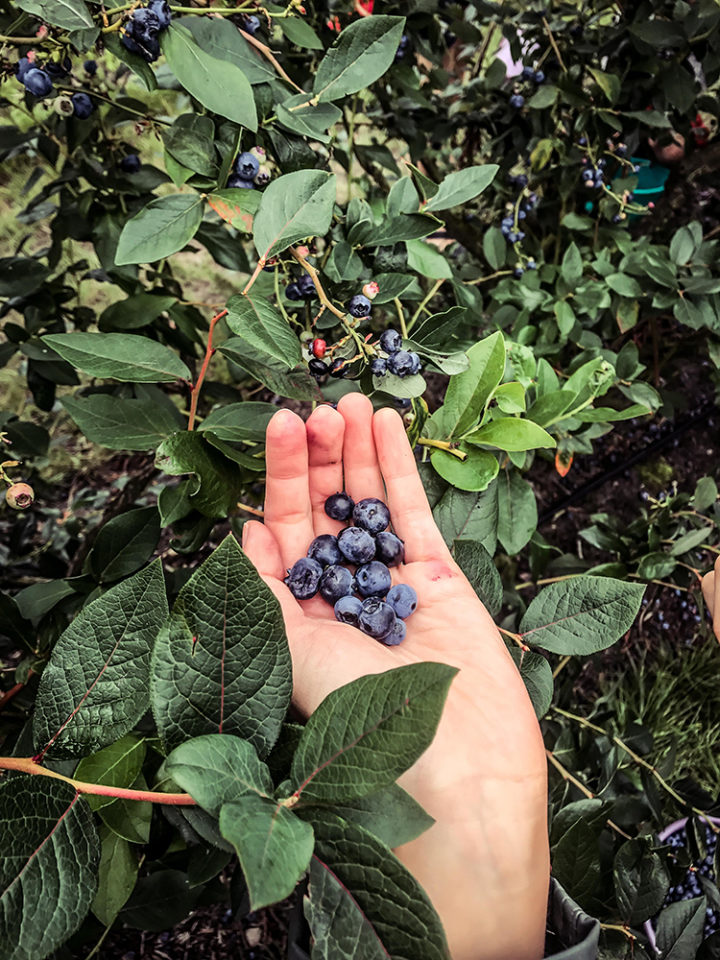
This post may include affiliate links. As an Amazon Associate and member of other affiliate programs, I earn a small commission from qualifying purchases.
When is Blueberry Season?
Blueberries typically begin ripening in June, and you can harvest them through August or September.
They continue ripening until the first frost of autumn, depending on your location. In the U.S., June through August is generally the best time to buy fresh blueberries at the grocery store or farmer’s market.
Ripe blueberries are sweet and juicy, while under-ripe berries may taste crunchy or mealy inside. If you notice this, they were likely picked before fully ripening, affecting the taste and texture.
Want to know more about seasonal produce? Check out these helpful guides for other fruits and veggies you can enjoy throughout the year:
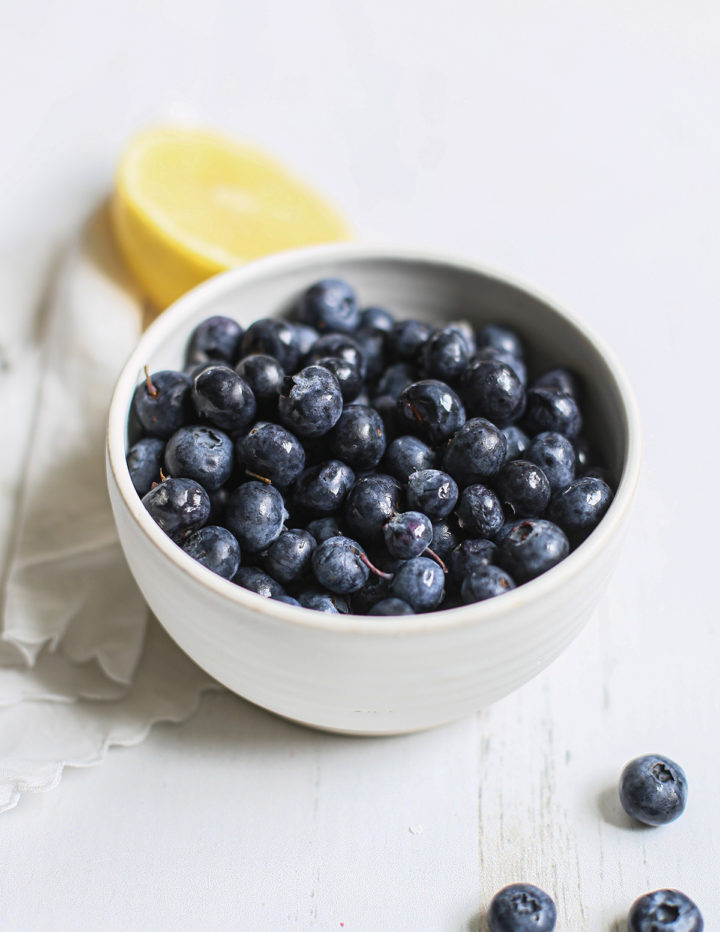
Tools You Need to Freeze Blueberries
Freezing blueberries is simple, but having the right tools on hand will make the process even easier. Here’s what you’ll need:
- Large Baking Sheet – For flash freezing your blueberries in a single layer.
- Container or Bag for Freezing – To store your frozen berries.
- Permanent Marker for Labeling – To label your containers with the date and contents.
- Freezer Labels – For easy identification of your frozen berries.
- Optional: Vacuum Sealer and Vacuum Bags – If you want long-term storage, this is an excellent option.
How to Prep Blueberries for Freezing
Before freezing your fresh blueberries, make sure to rinse them thoroughly to remove any dirt or chemicals. Here are some recommended cleaning methods:
- Branch Basics Cleaner: Spray fruit with Branch Basics All-Purpose Cleaner, let it soak for 2-3 minutes, then rinse thoroughly with cold water. (Use code KATIEGLE for 15% off Branch Basics Products).
- DIY Cleaning Solution: Combine 1/2 cup vinegar with 3 cups of water. Let the berries soak for 2-3 minutes, then rinse with cold water.
Katie’s Tip: After cleaning, dry the blueberries thoroughly before freezing them. Wet berries can develop freezer burn, so it’s important to make sure they’re dry. I recommend laying them out on a clean dish towel to air dry.
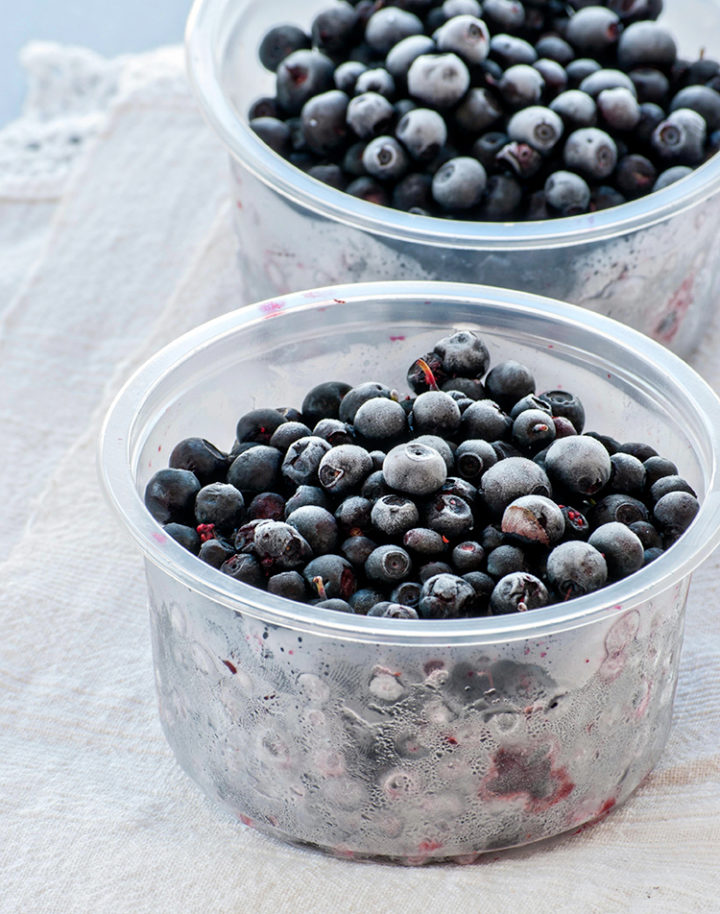
How to Store Frozen Blueberries
There are several options for storing your blueberries in the freezer, and the best way to freeze blueberries depends on your storage preferences, freezer space, and how long you want them to last. Here are some options:
Plastic Freezer-Safe Bags
- Pros: Easy to reseal, convenient for smaller batches of berries. I prefer using gallon-sized bags for larger amounts and quart-sized for smaller batches.
- Cons: These are typically single-use bags, although you can reuse them a few times. They don’t remove air as effectively as a vacuum sealer.
Silicone Bags
- Pros: Eco-friendly and durable. They can be resealed and used multiple times without wear. They don’t tear as easily as plastic bags.
- Cons: More expensive upfront, but the cost is offset by their reusability.
Vacuum Seal Bags
- Pros: Best for long-term storage—vacuum sealing removes all the air, keeping your blueberries fresher for longer and maximizing storage space.
- Cons: If you plan on using the blueberries frequently, this method may be less practical since vacuum-sealed bags aren’t resealable. You’ll also need a vacuum sealer.
Storage Containers (Glass or Plastic)
- Pros: Reusable, available in various sizes. Great for longer-term storage, and you can reuse glass jars (like canning jars) as long as they’re freezer-safe.
- Cons: Takes up more space in the freezer compared to bags. If using glass, there’s a risk of breaking.
Step-by-Step Photos: Freezing Blueberries
Want to see the freezing process in action? Check out these step-by-step photos to guide you through each stage of freezing blueberries!
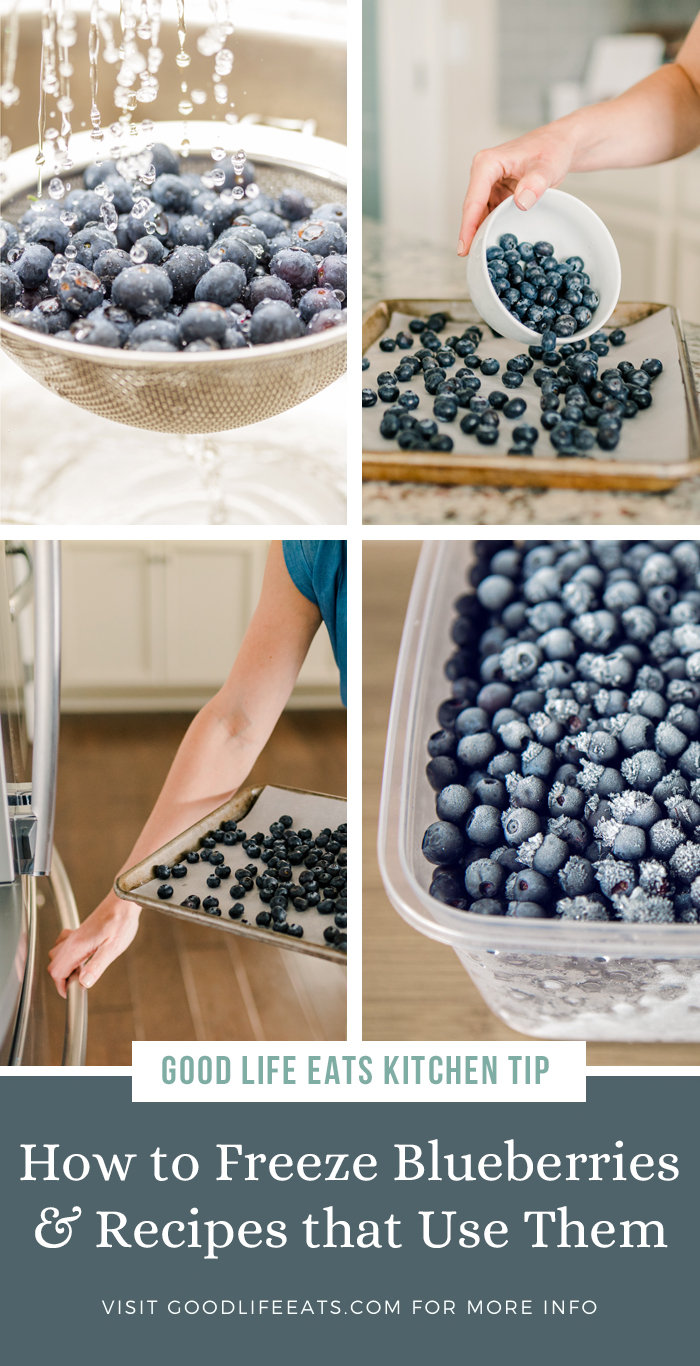
How to Freeze Blueberries
Here’s how to freeze fresh blueberries the right way:
- Discard damaged berries – Remove overripe, spoiled, or moldy blueberries.
- Rinse and dry thoroughly – Wash the berries and dry them completely to prevent freezer burn.
- Spread on a baking sheet – Line a tray with parchment paper and arrange the berries in a single layer.
- Flash freeze – Freeze the tray for about 1 hour, keeping it level so the berries don’t slide around.
- Transfer and store – Move the frozen berries to a bag or container, label with date, contents, and amount, and store in the freezer.
The above is simply a quick summary of this tutorial for freezing blueberries. Check out the full recipe in the free printable recipe card at the bottom of this post for all the detailed instructions.
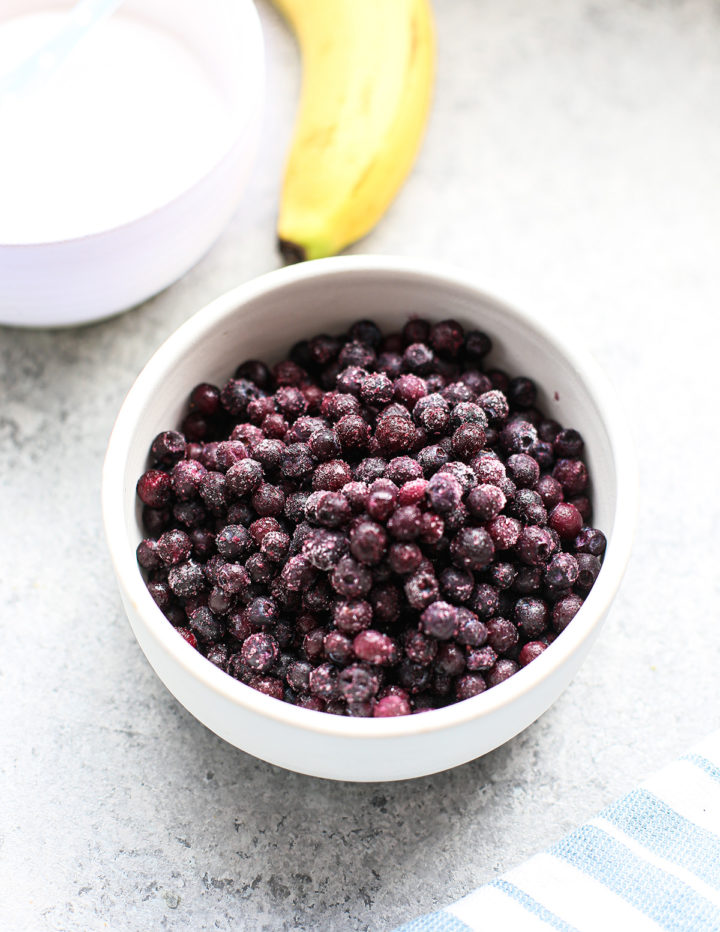
Should You Thaw Frozen Blueberries Before Using?
In most cases, thawing frozen blueberries is best for recipes with short cooking times, like blueberry pancakes, to avoid cold berries or raw batter.
For recipes like blueberry cobbler, pie, muffins, or quick bread, you can skip thawing. If using frozen berries, toss them in flour or cornstarch to prevent excess liquid and soggy baked goods.
Katie’s Tip: When baking with frozen berries, add a few extra minutes to the cook time to ensure everything cooks through properly.
How to Thaw Frozen Blueberries: 3 Methods
You have a few options for thawing frozen blueberries—choose whichever method works best for your recipe and time constraints:
1. Thawing on the Counter
- How to: Place the frozen blueberries in a bowl or baking dish and cover them with cold tap water. Let them sit at room temperature for about 10 minutes.
- Tip: If they’re not fully thawed, drain the water and replace it with fresh cold water.
- Final Step: Pat the berries dry with a kitchen towel before using them in your recipe.
2. Thawing in the Microwave
- How to: Place the blueberries in a microwave-safe bowl lined with paper towels (to absorb excess moisture). Use the defrost setting on your microwave to thaw them for about 30 seconds.
- Tip: Continue thawing in 10-second intervals if needed.
- Final Step: This method is ideal for small amounts of blueberries.
3. Thawing in the Fridge
- How to: For slow and even thawing, place the frozen blueberries in a bowl or sealable container in the fridge overnight (about 6 hours).
- Tip: This method works well if you’re preparing the berries ahead of time for a recipe.
How Long Do Frozen Blueberries Last?
Frozen blueberries can last for between 12 to 18 months in the freezer.
For the best results, store them in airtight containers or bags to avoid freezer burn and maintain their flavor. If vacuum-sealed, frozen blueberries can last up to 2 years, as long as the bag has been properly sealed, removing all air.
Do Frozen Blueberries Spoil?
Frozen blueberries don’t spoil, but they may suffer from freezer burn if stored too long. They may also develop ice crystals and become less fresh. To maintain the best quality, try to use them within 12-18 months.
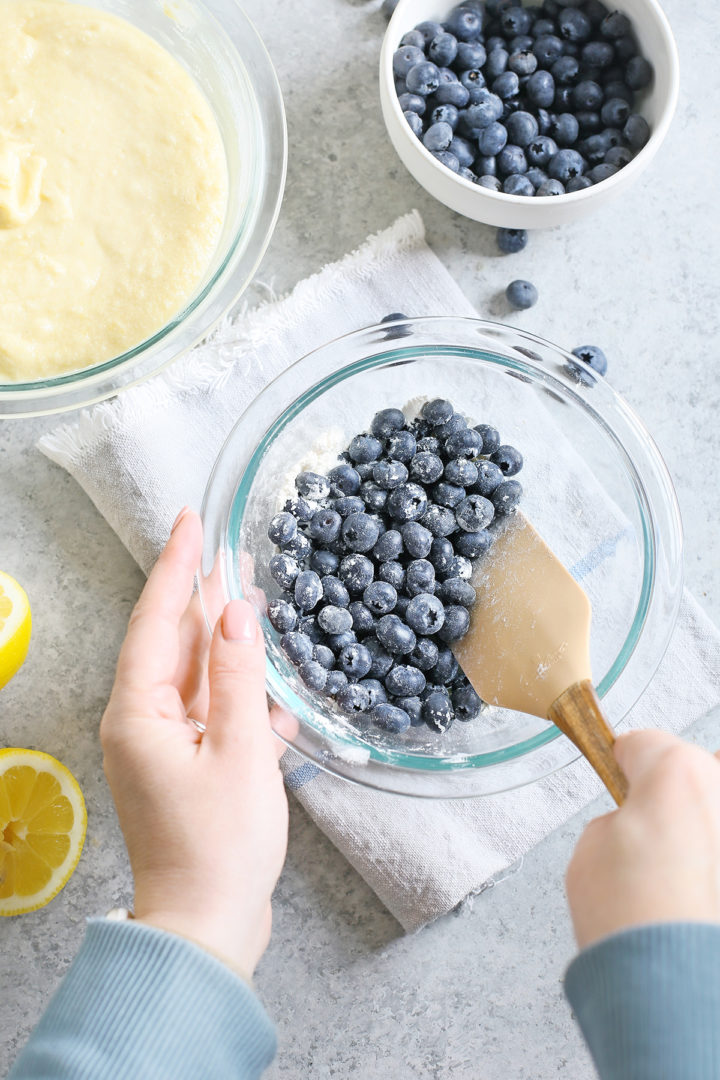
Troubleshooting: Common Issues and Solutions
When using frozen blueberries in recipes, there are a few common issues that can arise. Here’s how to solve them:
1. My Blueberries Bled Into the Batter:
Frozen blueberries can sometimes bleed into batters, especially in quick breads and cakes.
Katie’s Tip: To prevent this, rinse your frozen berries with cold water, pat them dry, and toss them in a little flour before folding them into the batter. This will keep the batter from turning blue and ensure the blueberries stay intact.
2. The Recipe Turned Out Too Watery:
Frozen blueberries release moisture as they cook, which can make your recipe too watery.
Katie’s Tip: To fix this, toss frozen blueberries in flour or cornstarch before adding them to the batter to help absorb extra liquid. If you’re making a blueberry sauce or filling for pies, crisps, or other desserts, add a bit of cornstarch to absorb the extra liquid and prevent soggy baked goods.
3. The Berries Sank to the Bottom:
Frozen berries can sometimes sink to the bottom of your batter, especially in cakes and muffins.
Katie’s Tip: Prevent this by tossing the berries in a tablespoon or two of all-purpose flour before adding them to the batter. This helps suspend them in the batter and keeps them evenly distributed while baking.
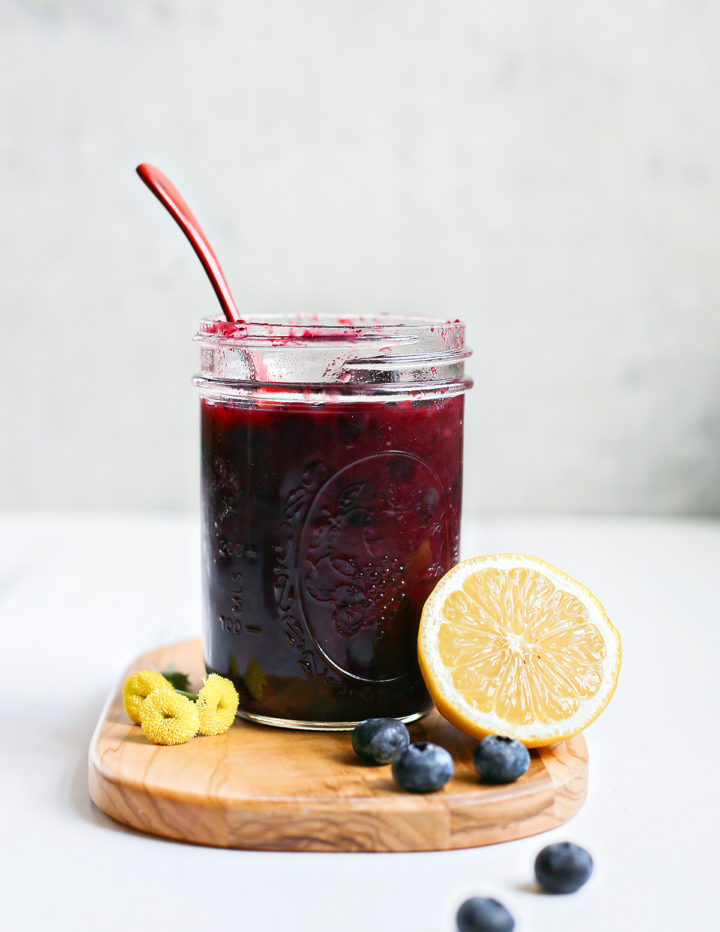
Frozen Blueberry Recipes You Don’t Need to Thaw
Now that you know how to freeze blueberries, it’s time to get cooking with them! Here are some of my favorite frozen blueberry recipes that don’t require thawing first:
- Blueberry Smoothie Pops – A refreshing, easy treat for everyone, especially in the summer months.
- Blueberry Cheesecake Ice Cream – A rich, no-churn dessert that appeals to both blueberry and cheesecake lovers.
- Peach Berry Cobbler with Sour Cream Biscuits – A comforting dessert that combines fresh fruit with a savory biscuit topping, perfect for gatherings.
- Red, White, and Blue Berry Almond Frozen Yogurt Bites – A fun, colorful, and healthier frozen treat for holidays and summer get-togethers.
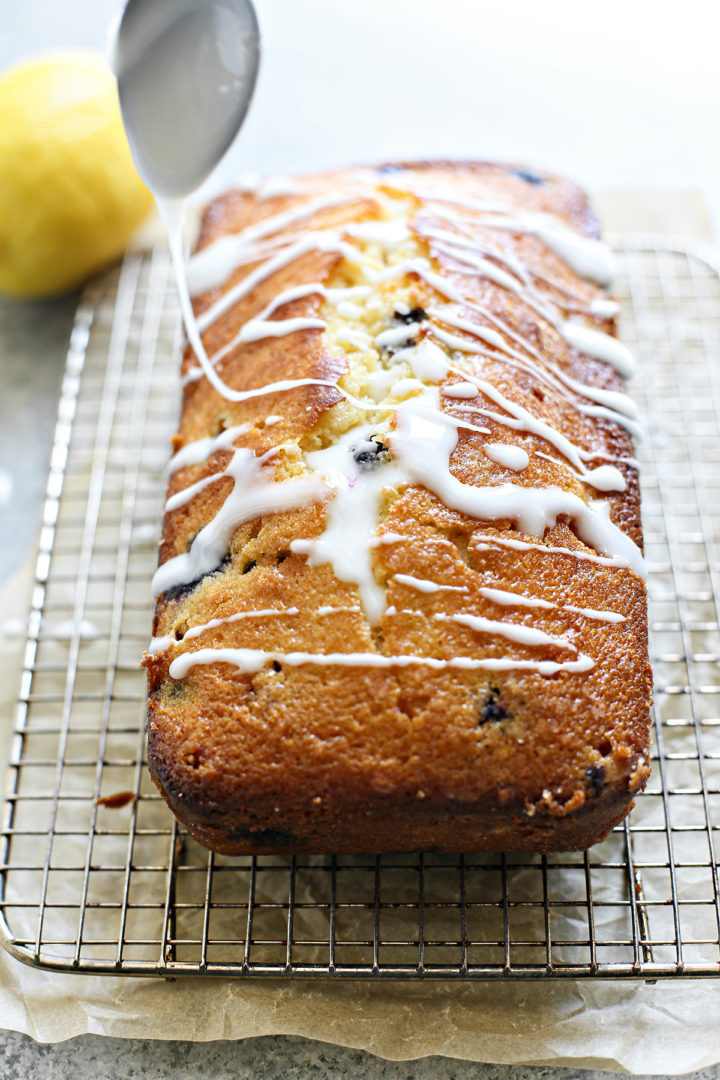
Frozen Blueberry Recipes That Work Best After Thawing
While frozen blueberries are convenient in many recipes, there are a few dishes where thawed berries work better. Here are my favorite recipes that call for thawed frozen blueberries:
- Blueberry Cream Cheese Muffins – A rich and indulgent muffin that combines fruit and cream cheese for a perfect breakfast or snack.
- Lemon Blueberry Bread – A versatile recipe that pairs well with breakfast or a light afternoon snack, offering a fresh, citrusy flavor.
- Whole Wheat Blueberry Muffins For Two – A healthy and convenient recipe that doesn’t result in excess leftovers, ideal for small-batch bakers.
- Blueberry Lemon Curd Coffee Cake – A special, bright cake perfect for spring or when you want to impress at brunch or dessert time.
Freezing blueberries is a great way to enjoy them year-round, but there are always more tips and tricks to make the process even easier.
What’s your best tip for freezing blueberries or other produce? Share your thoughts in the comments—I’d love to hear how you make the most of your freezer!
On Instagram? Tag @goodlifeeats and use #goodlifeeatsrecipes to show me how you’re freezing your blueberries and enjoying them in your favorite recipes!
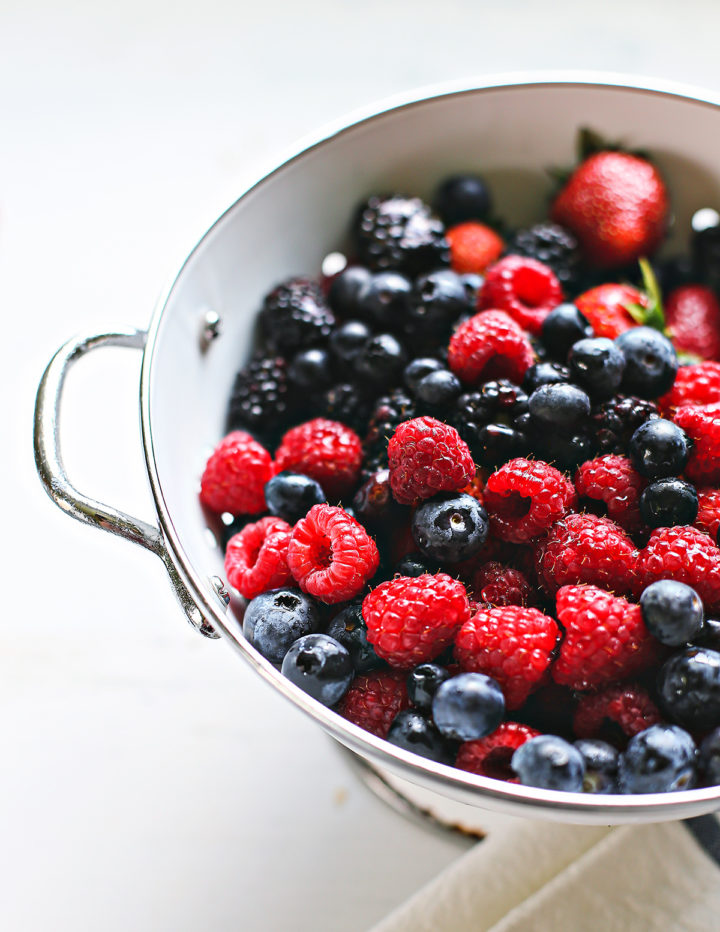
More Berry Freezing Guides
Now that you know how to freeze blueberries, check out these helpful guides to freeze more berries and enjoy them year-round:
- How to Freeze Cranberries – Make the most of winter’s tart delight.
- How to Freeze Raspberries – Preserve the sweet, tart flavor of raspberries year round.
- How to Freeze Strawberries – Enjoy summer’s juicy red strawberries all year long.
- How to Freeze Blackberries – Flash-freeze or sugar-pack these summer berries for later use.
Need more kitchen tips? Explore our full Kitchen Tips & Tricks archive for all kinds of ideas to make cooking easier!
Sign Up and Never Miss a New Recipe!
Love preserving fruits and veggies? Sign up for the Good Life Eats Newsletter and get:
✔ Simple guides for freezing produce and preserving flavors year-round.
✔ Seasonal recipes to make the most of your frozen fruits.
✔ Kitchen tips & cooking tricks to help you feel more confident in the kitchen.
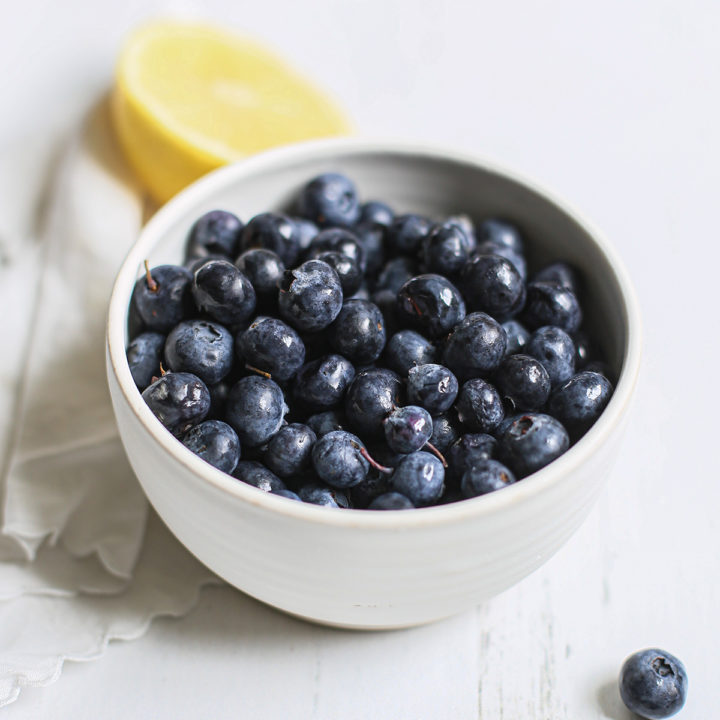
How to Freeze Blueberries
Do you know how easy it is to freeze fresh blueberries? One of the best ways to enjoy summer’s harvest year-round is to freeze blueberries when they're in season! This guide explains how to freeze blueberries, plus it answers the most commonly asked questions about thawing frozen blueberries and using them in recipes.
Ingredients
- 1 pound Blueberries
Instructions
- Discard any blueberries that have gone soft and mushy, are moldy, or have become discolored.
- Rinse the remaining berries in a colander under cold tap water.
- Allow the blueberries to dry completely on a towel.
- Spread the berries on a parchment paper-lined baking tray (tip: How to Line Pans with Parchment Paper). Make sure none of the berries overlap.
- Place the baking tray in the freezer. Keep it as level as possible to prevent the blueberries from sliding to one side.
- Freeze the berries just until solid, about 1 hour.
- Label and date the bag so you remember when you froze the blueberries.
Notes
How to Clean Blueberries for Freezing
Blueberries should receive a really good rinsing with water before freezing. If you want a deeper clean, here are my 2 favorite methods:
How Long Do Frozen Blueberries Last?
If stored correctly, frozen Blueberries will last 12 to 18 months in the freezer.
Recommended Products
As an Amazon Associate and member of other affiliate programs, I earn from qualifying purchases.
Nutrition Information:
Yield: 4 Serving Size: 1Amount Per Serving: Calories: 65Total Fat: 0gSaturated Fat: 0gTrans Fat: 0gUnsaturated Fat: 0gCholesterol: 0mgSodium: 1mgCarbohydrates: 16gFiber: 3gSugar: 11gProtein: 1g
GoodLifeEats.com offers recipe nutritional information as a courtesy. This provided information is an estimate only. This information comes from online calculators. Although GoodLifeEats.com makes every effort to provide accurate information, these figures are only estimates.
Photography: some of the photos taken in this post are by Stephanie from Stephanie Fassler Photography.
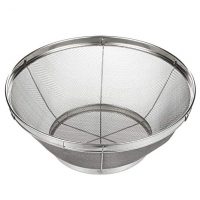

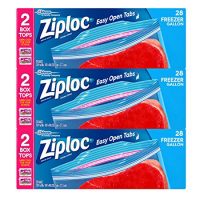

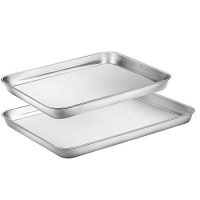

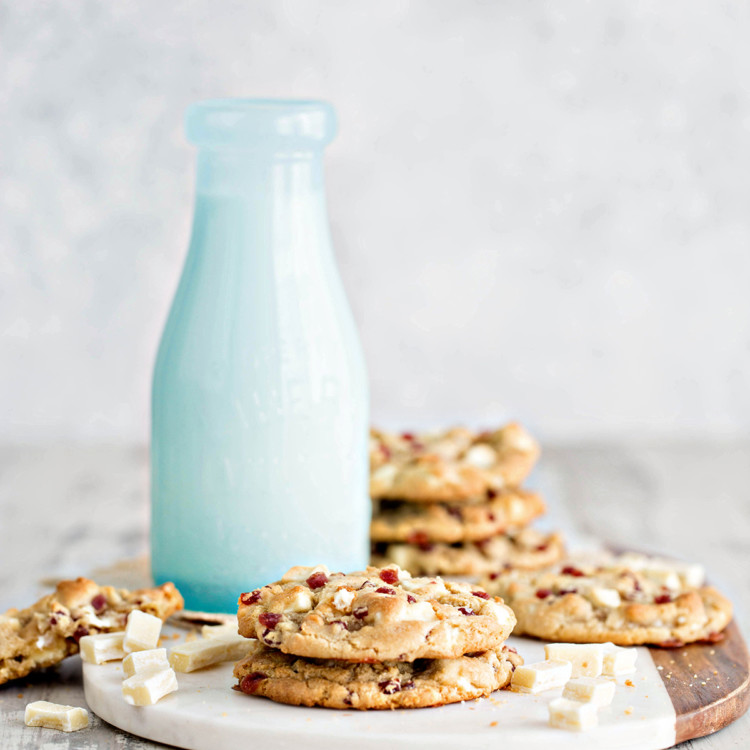
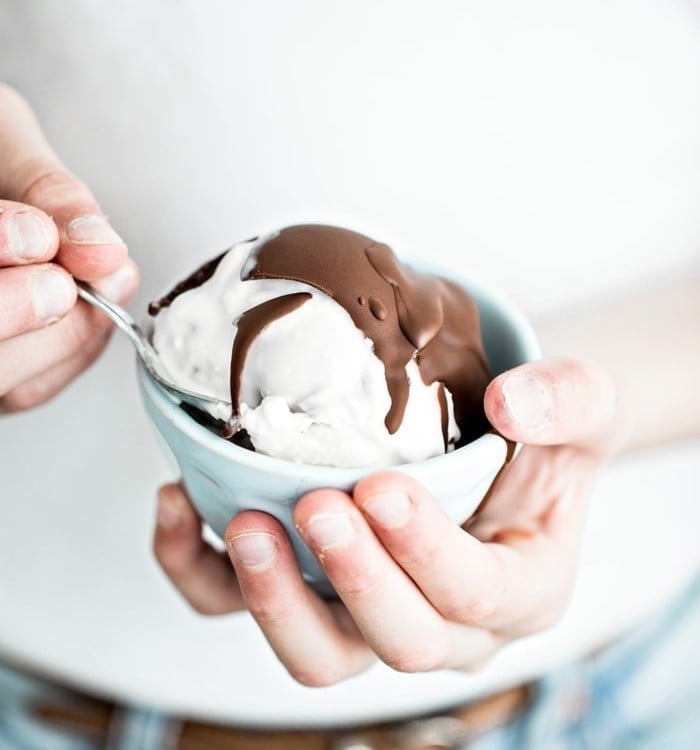

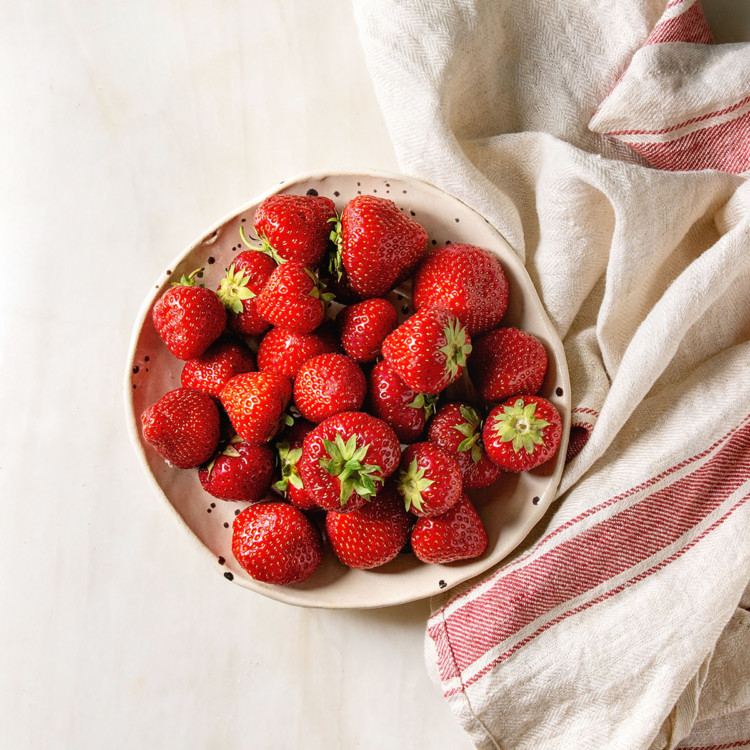
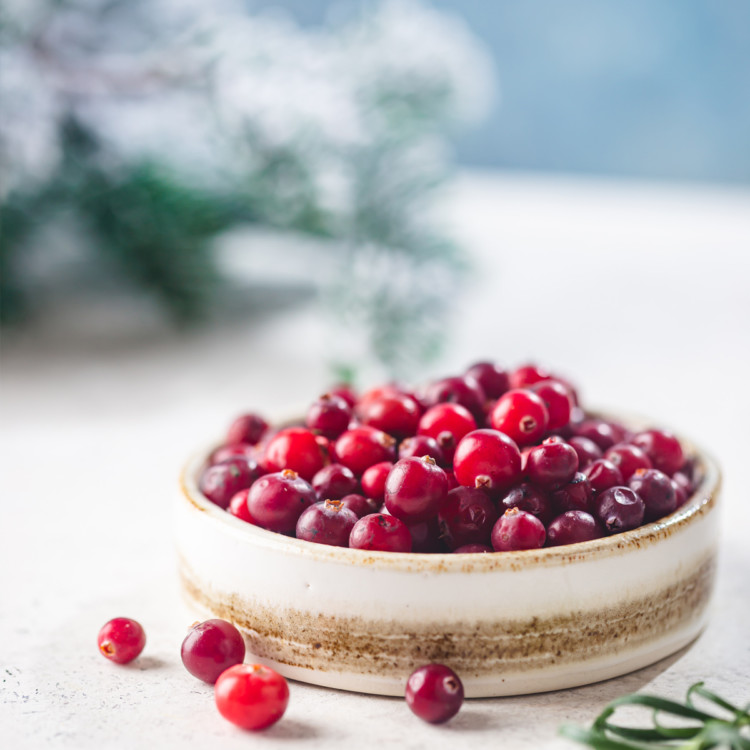
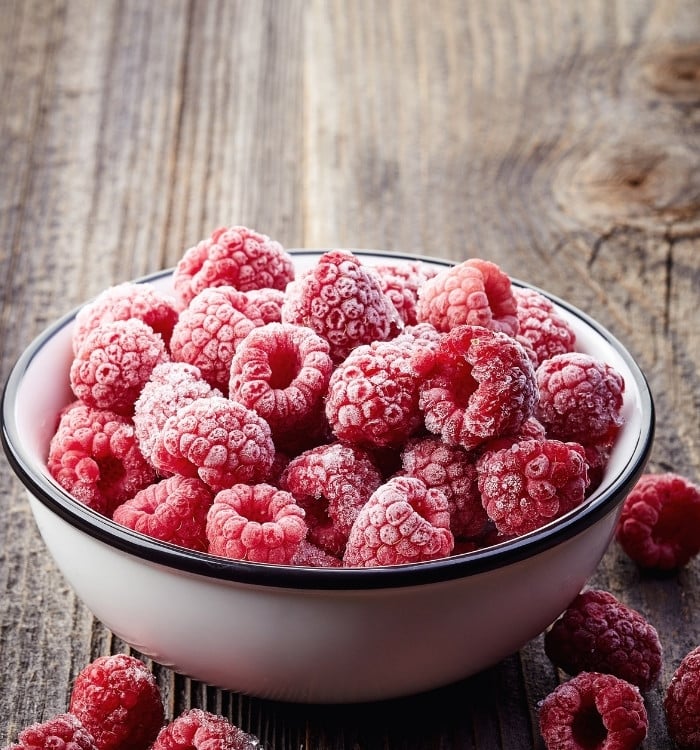
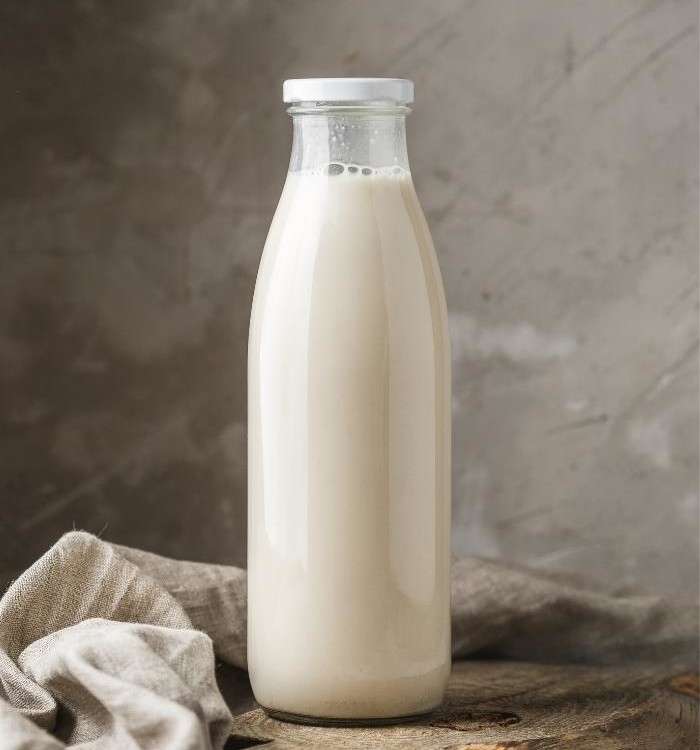
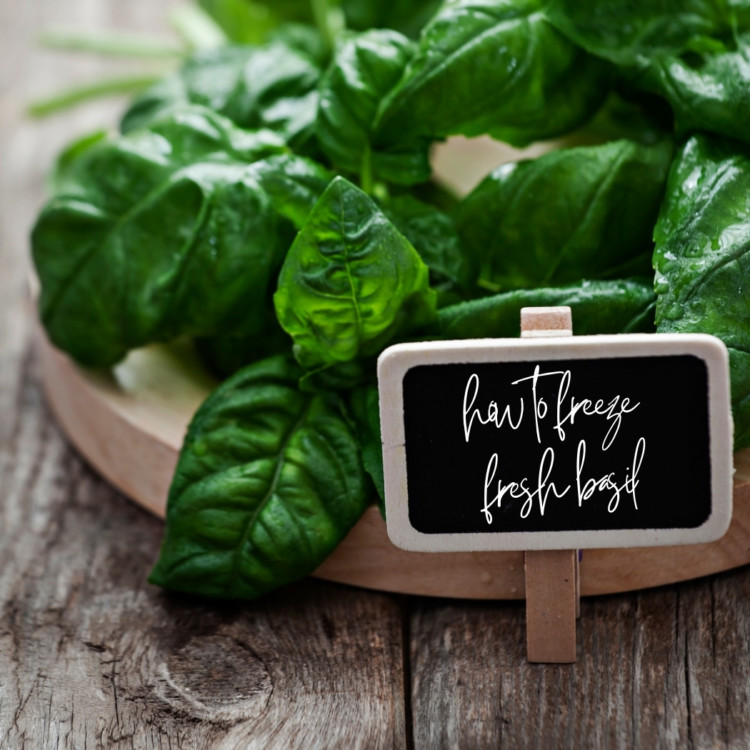
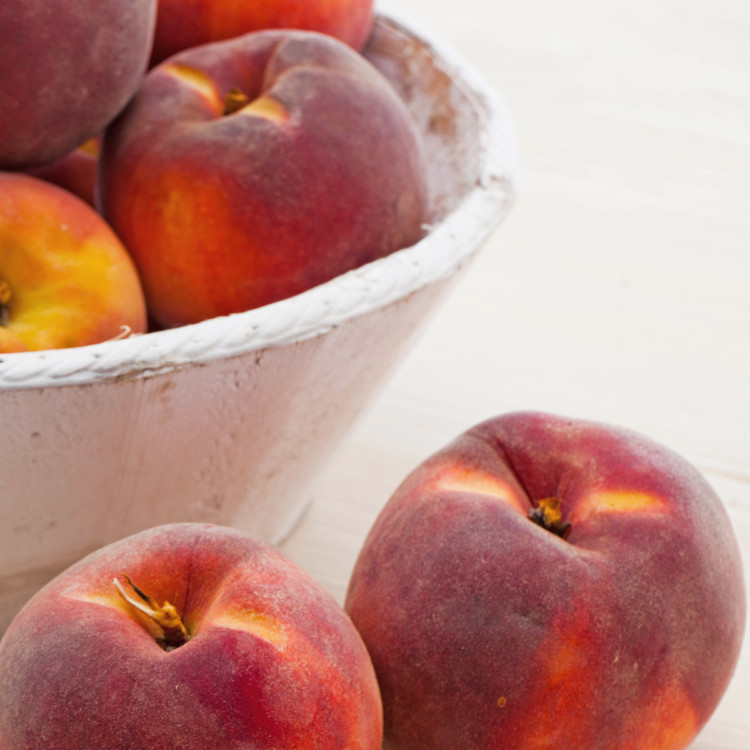
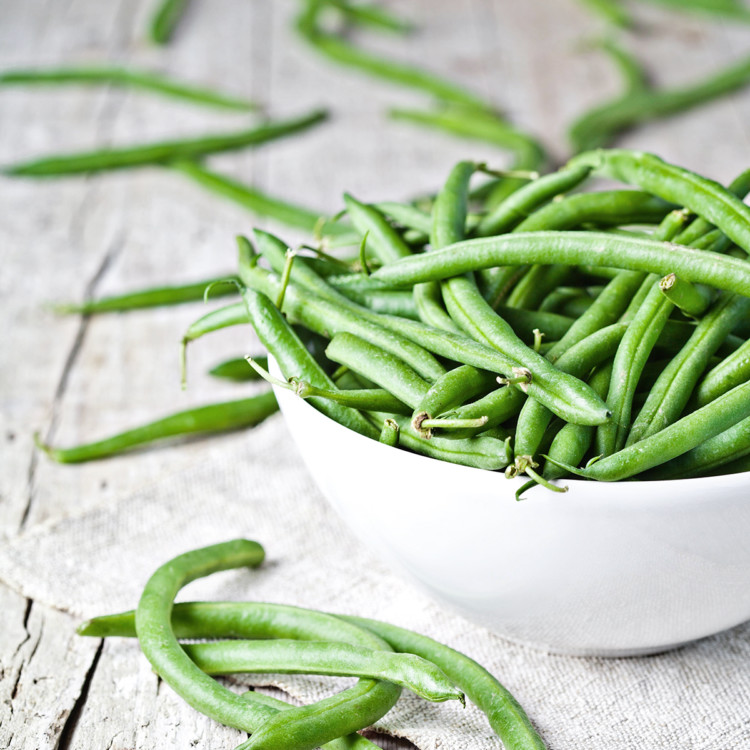

Leave a Comment